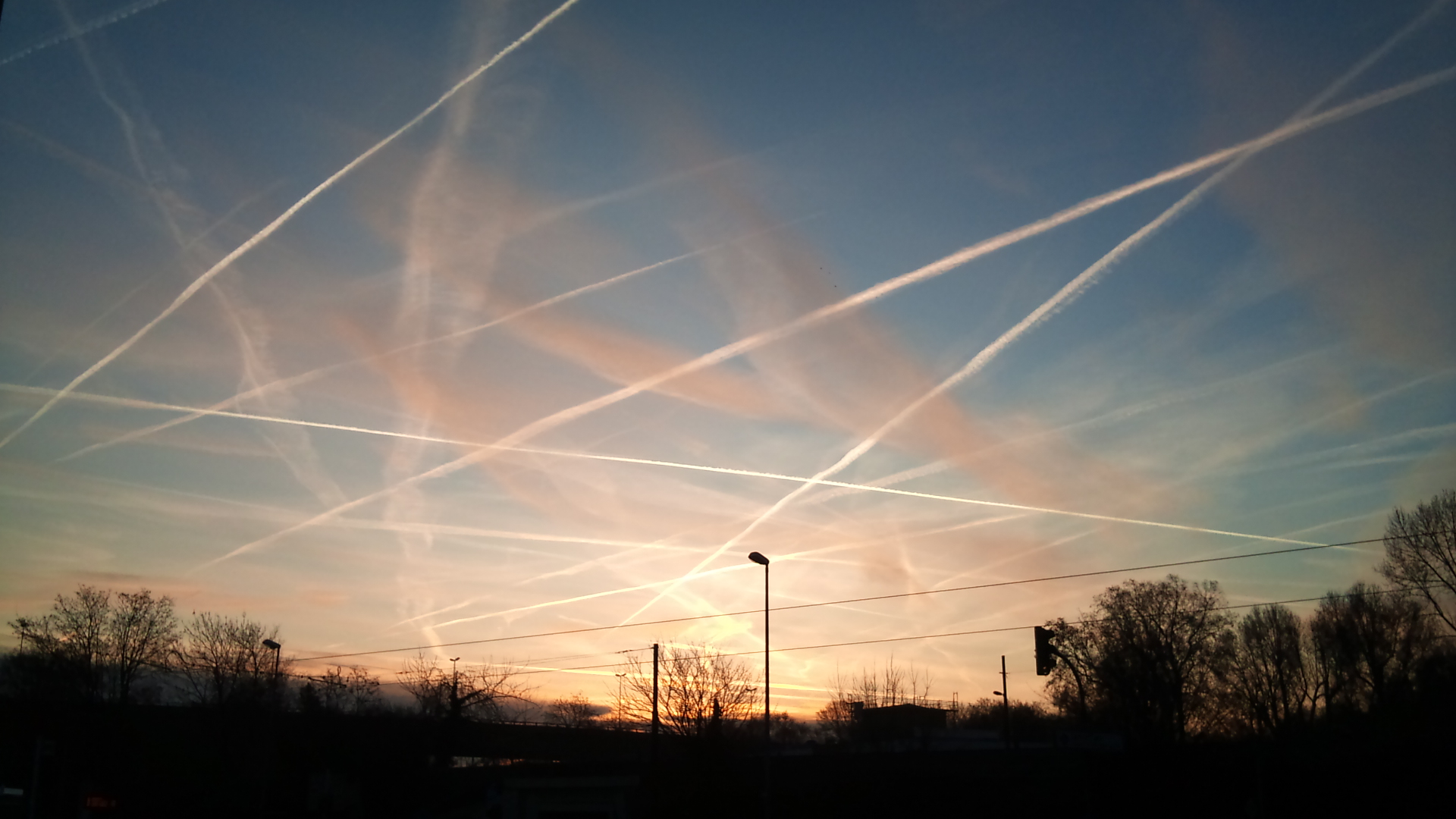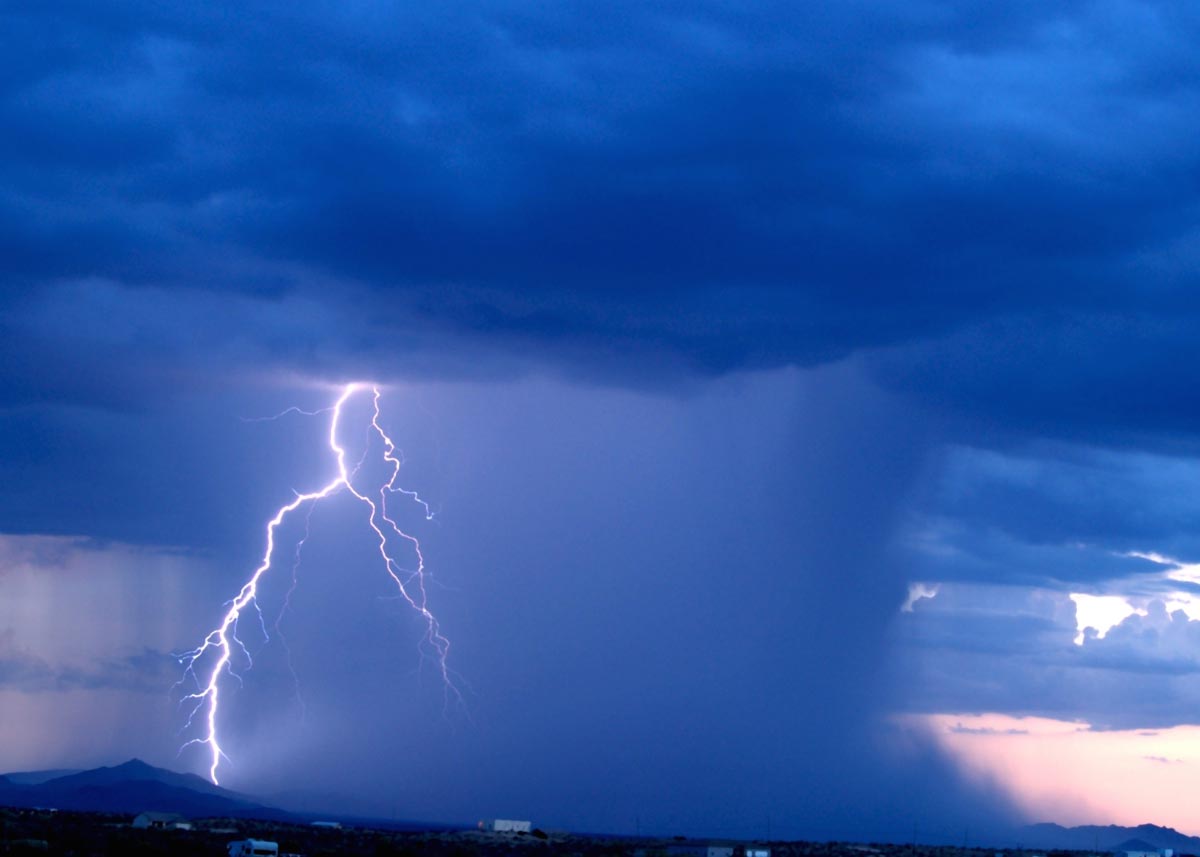Dubai “rain bomb” took place due to heavy rainfall and poor drainage – not climate change
04/29/2024 / By Belle Carter

On April 16, two year’s worth of heavy rain that fell in just 24- hours caused floods in the United Arab Emirates, affecting cities that lie directly within the Arabian Desert like Dubai as well as Sharjah, the Northern Emirates and different areas of the Emirate of Ras Al Khaimah. According to the Emirati National Center for Meteorology (NCM), this was the country’s heaviest rainfall recorded in 75 years.
The unprecedented levels of rain that flooded the desert city brought it to a complete standstill as residents looked to “swim their way out of the mess.” Some have been pronounced dead, flights have been grounded, cars can barely go anywhere and the tedious cleanup work was declared to take a lot of time. Insurance insiders predicted that the damages would potentially cost up to $1 billion.
Dubai’s busiest international airport canceled 2,155 flights, diverted 115 and did not return to full capacity until Tuesday. “We must acknowledge… that there has been an unreasonable and unacceptable deficiency and collapse in services and crisis management,” prominent Emirati analyst Abdulkhaleq Abdulla said on X, formerly Twitter.
In an interview, Jonathan Richards, a UAE resident from the U.K. said, “It was absolutely horrendous. It is the worst that I’ve ever seen in Dubai. We’ve seen some bad storms in the past, but this was like nothing else. It was like an alien invasion. The sky just kept on flashing thunder almost non-stop.”
Meanwhile, the green tyrants of climate alarmism took advantage of this and blamed it all on climate change. An April 17 article written by Andrew Freedman, titled “Dubai’s record-shattering ‘rain bomb’ has clear climate change ties,” in the online news website Axios, claiming that record rainfall received in one day in Dubai has a clear connection to climate change.
But analysts debunked this lie. According to Anthony Watts of the climate-focused website Watts Up With That, Axios conflated the weather events with long-term climate change. Other evidence suggested this was little more than a rare weather event, which has happened before according to weather history for the area. To top it all, the city drainage infrastructure was weak and it was unable to handle the excess water. (Related: Large-scale geoengineering projects to alter Earth’s climate, once dubbed a “conspiracy theory,” are now expanding globally right out in the open.)
Freedman’s article already noted these: “At least two years’ worth of rain, or about 6.26 inches, fell in just 24 hours, qualifying as what has come to be known colloquially as ‘rain bombs’ for their ultra-heavy totals in such short periods. This amount of rainfall in a single day would cause problems even in more temperate locations, let alone Dubai, a desert city with poor drainage.” But he went on to say that the heavy rainfall event was forecasted by weather models. “The proximate cause of the flooding was a slow-moving and potent area of low pressure, or cold pocket of air aloft, that sparked complexes of severe thunderstorms over the United Arab Emirates and nearby countries on Tuesday,” he said. “This storm system, along with the threat of heavy rainfall, was shown by weather models several days in advance.”
As per a writeup on Newsable, since the forecast showed significant rain over the area, UAE’s “cloud seeding” program was put into action. “Since the 1990s, UAE has been actively engaged in cloud seeding efforts, overseen by the NCM. This government agency manages the country’s Rain Enhancement Program, utilizing a network of numerous weather stations to closely monitor atmospheric conditions for seeding operations,” it explained. “Ahmed Habib, a specialist meteorologist at NCM, revealed to Bloomberg that seeding planes conducted seven missions over two days leading up to the heavy rainfall that inundated parts of the desert nation.”
Watts concluded that it seemed like a simple case of a rare and intense short-term rainfall event, possibly juiced by cloud seeding. “Since short-term weather models were used to forecast it, climate does not enter the picture. Long-term climate models could not have forecasted such an event because it is well below their time scale of years to decades ahead,” he concluded, adding that weather is not climate.
UAE to spend $544M for repairs
More than a week after the unprecedented deluge lashed the desert country, the United Arab Emirates announced that it would spend $544 million to repair the homes of Emirati families after widespread flooding killed four people – three Filipinos and one Emirati. UAE authorities have not released an official toll.
“We learned great lessons in dealing with severe rains,” Prime Minister Sheikh Mohammed bin Rashid al-Maktoum said after a cabinet meeting. “The ministers approved two billion dirhams ($544,528,840) to deal with damage to the homes of citizens.” Sheikh Mohammed, also the ruler of Dubai, one of the worst-hit of the UAE’s seven sheikhdoms, also said that a ministerial committee was assigned to follow up on this file… and disburse compensation in cooperation with the rest of the federal and local authorities.
Cabinet ministers also formed a second committee to log infrastructure damage and propose solutions, Mohammed posted on X. “The situation was unprecedented in its severity, but we are a country that learns from every experience,” he said.
Before it battered the UAE, the storm first landed in Oman on April 14, where it killed at least 21 people, the official Oman News Agency reported.
Check out ClimateAlarmism.news for more stories on propaganda movements that aim to push green tyranny.
Sources for this article include:
Submit a correction >>
Tagged Under:
bad weather, climate change, climate realism, cloudseeding, cold pocket of air aloft, conspiracy, deception, desert city, disaster, dubai, flood, Green New Deal, green tyranny, heavy rainfall, lies, mainstream media, National Center of Meteorology, poor drainage, rain bomb, responsible journalism, severe thunderstorms, UAE, weather, weather terrorism
This article may contain statements that reflect the opinion of the author
RECENT NEWS & ARTICLES
COPYRIGHT © 2017 GEOENGINEERING NEWS




















